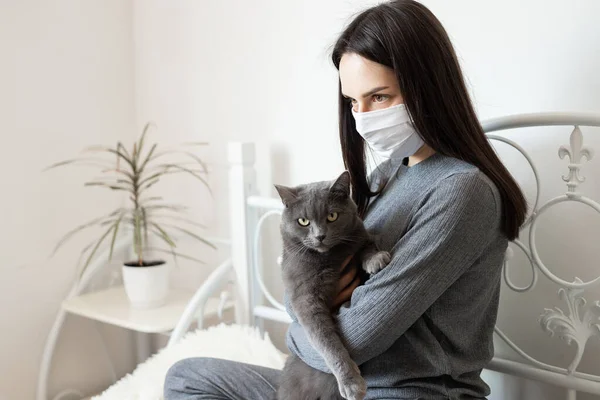
“The smallest feline is a masterpiece,” Leonardo da Vinci once said but even masterpieces can hide dangerous secrets. To the millions of cat lovers, the bond with their pet is pure joy. Yet science reveals that cats can carry microscopic threats capable of causing severe illness, even death, in certain circumstances.
While most healthy people will never face life-threatening consequences from their cats, infections such as toxoplasmosis and cat scratch disease, along with the rarest of bacterial ailments, have the potential to wreak havoc on the health of pregnant women, infants, and the immunocompromised. Understanding these risks is key, but it’s not about fear-it’s about empowerment. Equipped with relevant knowledge and habits, cat owners can protect themselves and their pets without sacrificing companionship.
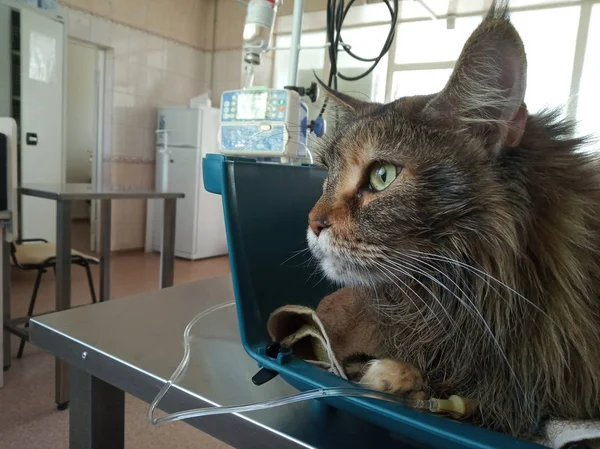
1. Know the Hidden Danger: Toxoplasma gondii
Cats are the only hosts in which T. gondii can complete its reproductive cycle. Following infection from ingested infected prey or raw meat, cats shed millions of oocysts in feces for up to three weeks. These microscopic eggs can survive in contaminated soil for over a year, remaining a chronic environmental hazard. In healthy adults, the infection is usually asymptomatic, while in pregnant women it may cause miscarriage, birth defects, or lifelong health problems for the child. Immunosuppressed persons are at risk from brain inflammation, lung disease, or even death.

2. Understand How Infection Spreads
The parasite’s oocysts become infectious within 1-5 days after being shed. Humans can accidentally ingest them while cleaning litter boxes, gardening in contaminated soil, or eating unwashed produce. Contaminated meat, particularly undercooked pork, lamb, or venison, is another major source. Water and unpasteurized goat milk can also carry the parasite. Since most infections come from food and not from direct cat contact, safe kitchen habits are just as critical as pet hygiene.

3. Protect Yourself During Pregnancy
Pregnant women who become infected with toxoplasmosis for the first time during pregnancy can pass the infection to their unborn child. Effects-which can range from loss of vision to developmental delays-can be severe. Some medical experts advise pregnant women to avoid litter box duties completely, or to wear gloves and wash their hands thoroughly afterward. Keeping cats indoors and feeding them only cooked or commercial food reduces the likelihood they will carry the parasite.
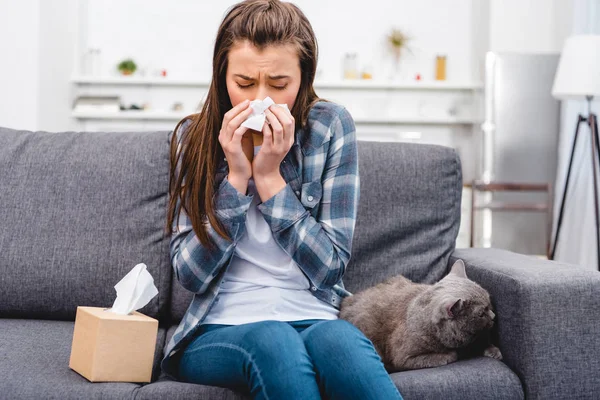
4. Protect Against Cat Scratch Disease
Cat scratch disease is caused by the bacterium Bartonella henselae; infection occurs via bites, scratches, or via saliva into broken skin. Kittens are more likely to carry the bacteria and to scratch during play. Symptoms include swollen lymph nodes, fever, and fatigue. Rarely, it can lead to heart infection or eye disease. Washing scratches promptly with soap and water, and avoiding rough play with cats-especially young ones-are some simple but effective safeguards.

5. Be Aware of Capnocytophaga Infections
The mouths of cats can be a carrier of Capnocytophaga bacteria. These germs, while harmless in most people, could cause sepsis, kidney failure, or gangrene in people with weakened immune systems if introduced through bites or saliva onto open wounds. Appropriate immediate cleaning of the wound and medical attention right after a bite are crucial, even when symptoms have not appeared.

6. Practice Safe Litter Box Hygiene
The best ways to prevent toxoplasmosis include changing litter daily before the oocysts become infectious. Wear gloves and wash hands afterward; keep litter boxes away from kitchens or children’s play areas. Outdoor sandboxes should be covered to prevent cats from using them as toilets. These habits protect not just humans but other pets too from cross-contamination.

7. Cook and Handle Food Safely
Use a food thermometer to ensure meats reach safe internal temperatures: 145°F (63°C) for whole cuts, 160°F (71°C) for ground meat, and 165°F (74°C) for poultry. Wash cutting boards, knives, and counters that have come into contact with raw meat. Wash fruits and vegetables well. Freezing meat for several days before cooking will kill parasites; however, cooking the meat is the most effective method of all.
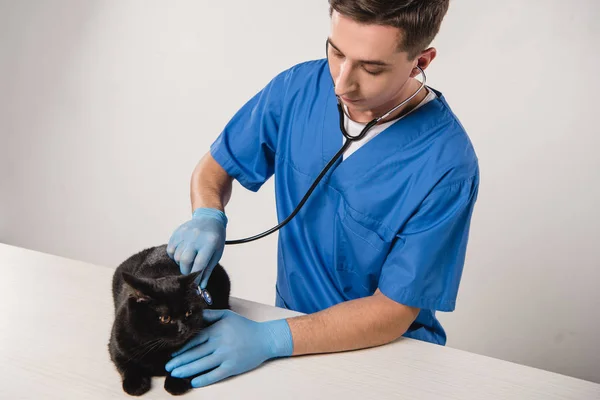
8. Keep Cats Healthy to Protect Yourself
Indoor cats that are fed commercial foods are much less likely to be carriers of dangerous parasites. Regular veterinary check-ups, vaccinations, and parasite control measures will prevent zoonotic diseases. Avoid raw meat feeding and discourage hunting. When adopting a cat, select one that appears healthy with clean fur and bright eyes and take it to a veterinarian promptly for screening.
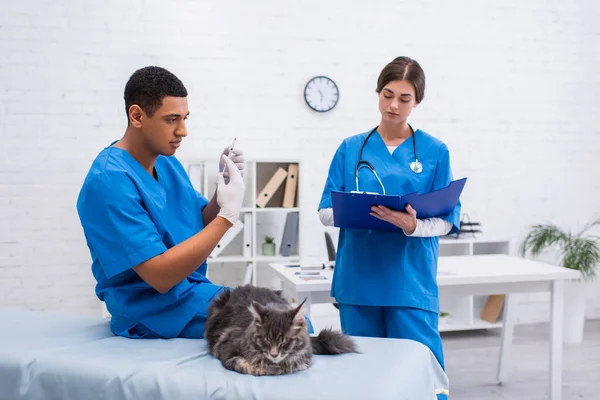
9. Know When to Seek Medical Attention
Symptoms such as blurred vision, confusion, swollen lymph nodes that do not go away, or unexplained fever after contact with cats require medical attention, especially among the higher-risk groups. Early diagnosis and treatment can help avoid serious complications of such infections as toxoplasmosis or Bartonella. According to the CDC, prompt medical care can be life-saving for immunocompromised individuals.
While cats enrich our lives in countless ways, they can also be silent carriers of highly dangerous pathogens. Awareness and proactive habits-from safe food preparation to proper litter box management-allow the cat lover to enjoy their pets without compromising health. By taking precautions informed by real science, the risk from parasites and bacteria drops dramatically to ensure the joy of feline companionship is never overshadowed by preventable illness.


